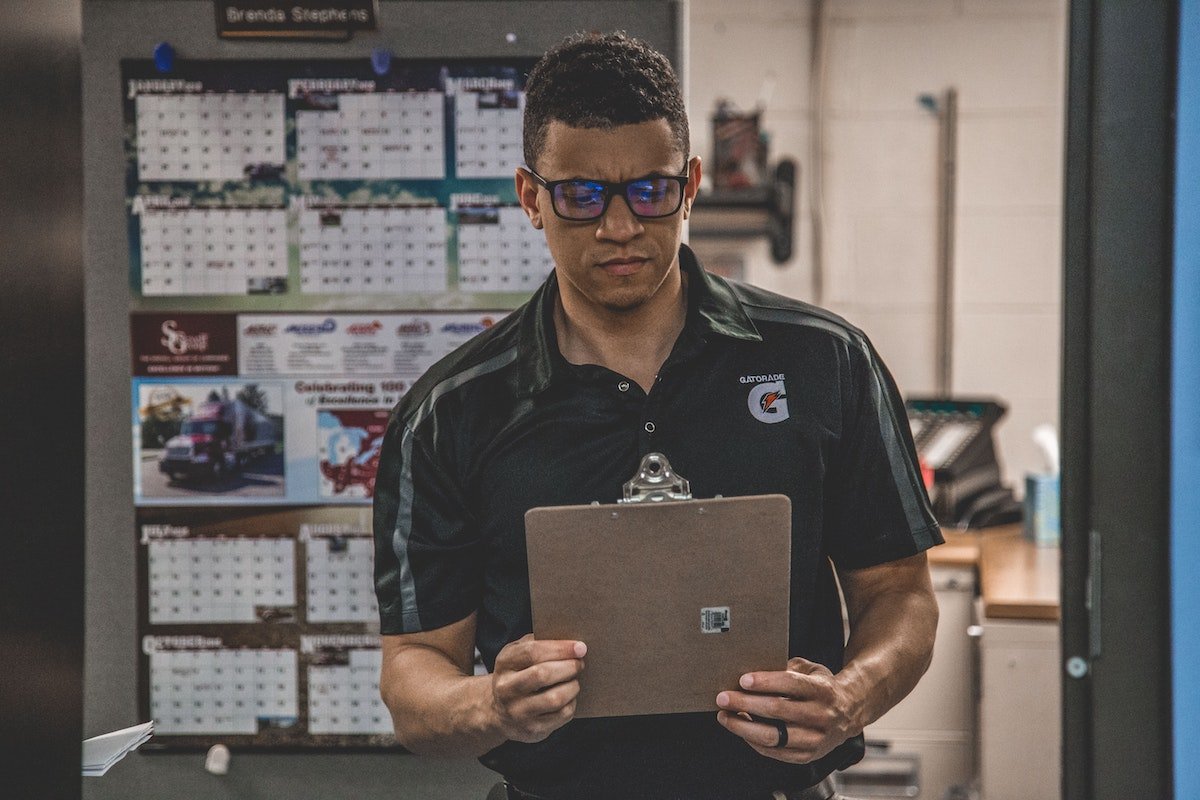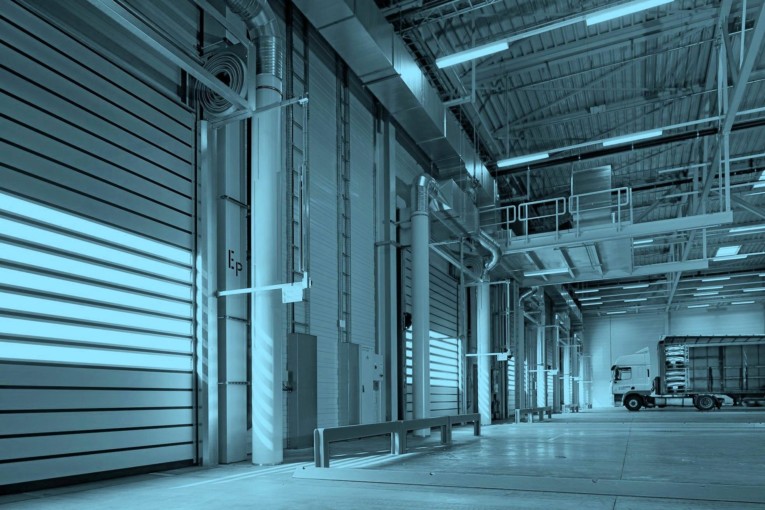Inflation is a hot-button topic right now. All around the county, you see prices steadily rising. You see it at the grocery store. You see it at the big box retailers. And you definitely see it at the gas pump. While these universally rising costs might seem unprecedented given the polarized climate of the times we’re living in; when it comes to the logistics industry, data shows that costs have been steadily rising over the years. This rings especially true where costs of warehousing are concerned.
Yearly costs adjustments come with the territory. Since 2018, the average cost per square foot of warehouse space has increased to a varying degree each year. General warehousing costs aren’t the only thing that’s climbing, though. Warehouse operating costs are getting more expensive year by year as well. Over the same period referenced above, pick and pack rates have risen as well. With a whopping 61% of warehouse owners expecting to further raise their prices in the coming year, price increases seem to be an industry mainstay at this point.
Inflated prices —and rising costs— can be frustrating to customers, especially those that rely on 3PL providers for their warehousing solutions. Today, we’re going to look at the increasing costs of warehousing that owners have incurred over the last few years in an attempt to understand how and why 3PL providers pass those increases on to their end-users.
Why the Increasing Costs of Warehousing?
There is an implication floating around that increased costs directly translate to corporate greed. As warehousing costs increase, so does a company’s profits. While profits are important in terms of a company’s long-term prosperity, that sentiment is far from a universal truth.
In reality, rising costs are an indication that further disruptions to the specialized supply chain that drives the 3PL industry’s operational solvency have increased to an untenable level. To remain operational and solvent, 3PL providers must pass those costs down the line, otherwise, their business may very well cease to be.
That’s not to say that price increases don’t always result in profits. But it’s the brave and agile providers that take action, viewing these supply chain ripples as a watershed moment for their operations while embracing innovation, change, and efficiency in the process.
Regardless of how a company responds, rising costs affect everyone in the industry. Below are the primary factors driving the increasing costs of warehousing, especially those factors that have been exacerbated by the pandemic.
Real Estate Availability
Real estate. It’s the elephant in the room when it comes to professional warehousing.
As of 2019, almost a full year prior to COVID-19, the amount of available warehouse space on US soil was at an all-time low. In May 2019, nationwide warehouse vacancy rates were at a shockingly historic low. Only 4% of total warehouse space was actually available, a downward trend stretching back for the last 32 business quarters. It is a trend that has continued throughout the age of COVID.
In turn, scarcity of space has dictated the cost of available real estate. Rental costs —not to mention the outright purchase price— have skyrocketed for specifically purposed logistical space. Like you, your 3PL providers have to pay the rent!

Increased Labor Costs
Even if you’ve managed to secure warehouse space, you’ve got another, more immediate set of problems to deal with:
-
Increased cost of labor
-
Sweeping labor shortages
Labor is one of the most significant costs that a warehouse can incur. It takes up somewhere between 40-60% of a business’s operating budget, by some estimates. By the end of 2021, many warehouse operators reported yearly wage increases of over 11%. And we probably have not reached the peak.
Labor costs are increasing significantly. The current labor shortage hit the logistics industry especially hard. Known as Great Resignation, a historic number of Americans from all walks of life have quit their job this year in search of other passions, putting extra strain —in the form of costs— on 3PL providers that now have to toe the line.
The Increased Cost of Building Supplies
Disruptions to the global supply chain have become emblematic of 2021. Agile 3PL companies have learned to roll with the punches, however. But one attack proved nearly impossible to dodge: the sudden spike in building materials.
With pre-built warehouse space already at a premium, the next logical step is building your own warehouse. According to the National Association of Home Builders, lumber prices increased more than 19% across the board at the beginning of 2021. While prices have come back down since late summer, securing materials continues to be a bumpy road. Building new, large-scale warehousing space means increased prices for the end-user.
Increased Lead Times
It’s worth mentioning that increased lead times also play a role in rising warehousing costs. With the extent that supply chains —both global and regional— have fluctuated over the last year, it’s easy to understand how logistical turbulence has impacted warehousing costs. With fewer workers for pick and pack and transport, inventory sits in the warehouse far longer than it should, leading to decreased revenue. Therefore, costs must rise in order for the 3PL provider to meet budgetary demands.
Anything But a Cash Grab
By its very nature, the logistics industry is filled to the brim with complexity. Complexity is a 3PL provider’s wheelhouse, after all. More often than not, the logistical hurdles involved with warehousing inventory means steadily increasing your prices just to keep your head above water. Although no one wants to deal with price increases, they are a fact of life for logistics professionals. Far from a cash grab, the increased cost of warehousing represents the cost of doing business during a very turbulent time.
Symbia Logistics specializes in providing 3PL services to vendors in need. From warehousing to eCommerce fulfillment, we offer a wide range of services. To learn about our full line of service offerings or to get up to date on the latest industry news, please follow us today.




